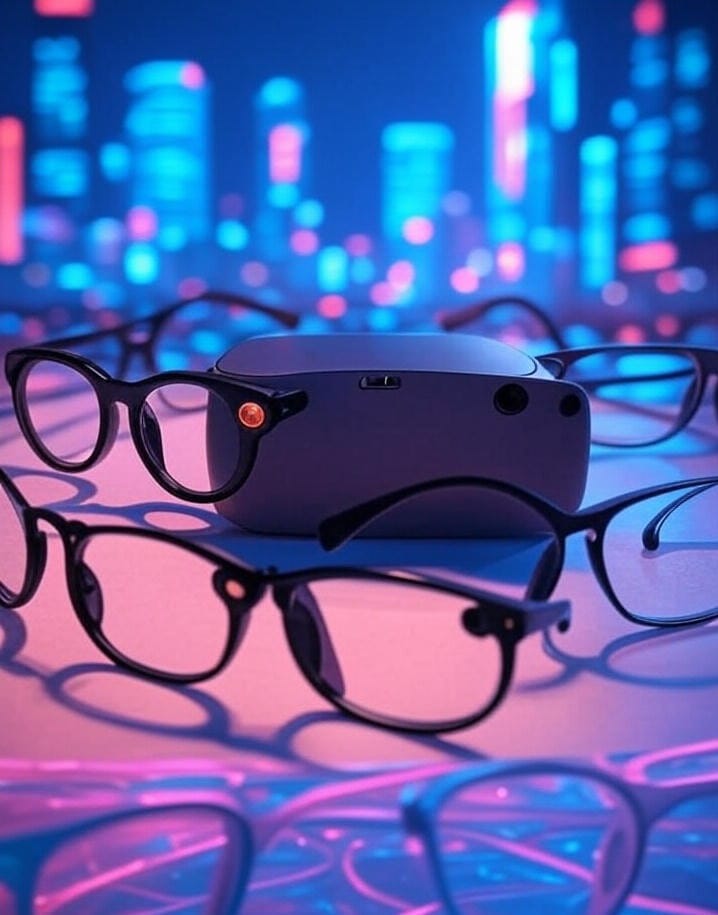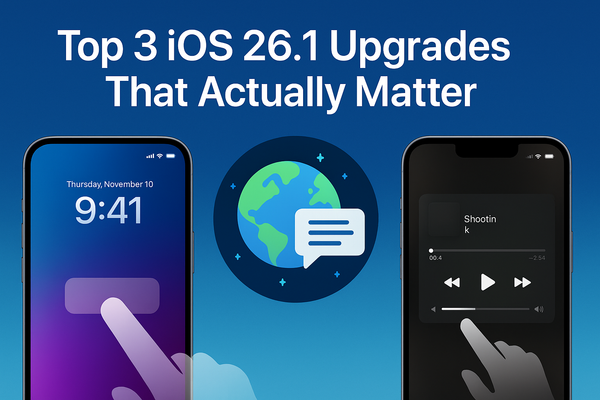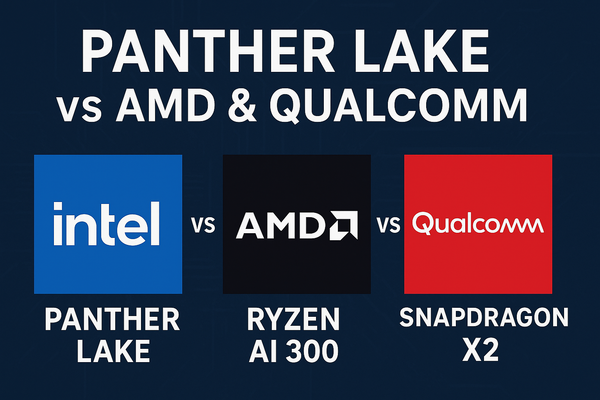The Future Through a Lens: Snap, Meta, and Google's Race for Your Face

The world of augmented reality (AR) is buzzing, and three tech titans are leading the charge to put the digital world right before your eyes. Snap, Meta, and Google are each vying for a prime spot on your face, but their approaches are as distinct as their brand identities. Get ready, because the way we interact with technology and the world around us is about to get a major upgrade.
Snap's Spectacles: The Developer's Dream Becoming Reality
Snap, the innovative force behind Snapchat, is charting an ambitious course with its Spectacles. Currently, these are a developer's playground: a somewhat bulky but incredibly powerful device designed for creating and experiencing cutting-edge AR. Imagine having live subtitles for every conversation, translating languages in real-time right before your eyes. Or perhaps an AI companion that instantly identifies objects in your environment, pulling up information as you look at them.
This is the promise of Spectacles. While a consumer-ready version is still a couple of years out (reportedly targeting 2026), Snap is building a robust ecosystem, ensuring that when their sleeker model arrives, there will be a rich tapestry of experiences waiting. Their strategy? Empower developers now, enchant users later.
Meta's Vision: From Smart Glasses to the Metaverse
Meta, ever the orchestrator of our social lives, is taking a two-pronged approach. Their current offering, the Ray-Ban Meta smart glasses, are less about full-blown AR and more about seamlessly integrating technology into everyday life. Think hands-free photos and videos, discreet audio, and the ever-present assistance of Meta AI. These are stylish, functional glasses that blend in with your personal aesthetic, perfect for capturing life's moments without breaking stride.
But beneath the surface, Meta is hard at work on "Orion," their true AR glasses prototype. This is where the metaverse truly comes into play – a device promising a wider field of view and innovative input methods like a wristband for subtle interactions. Meta's long-term goal is nothing short of creating an immersive digital layer over our physical world, and these glasses are the gateway.
Google's Smart Move: AI-Powered and Fashion-Forward
Google, a name synonymous with information, is bringing its AI prowess to the forefront with its upcoming smart glasses. Set to launch this fall, these glasses are all about sophisticated intelligence in a sleek package. Partnering with eyewear brands, Google aims for a lightweight, stylish design that won't scream "tech gadget."
Their secret? Offloading the heavy processing to your smartphone, allowing the glasses themselves to be discreet and comfortable. Key features include an in-lens display for private notifications – imagine getting a text or a navigation arrow directly in your line of sight, only visible to you. And, of course, real-time language translation, leveraging Google's formidable language AI to break down communication barriers instantly. Google's strategy is clear: make AR accessible, integrated, and incredibly smart.
The Race is On: Who Will Win Your Gaze?
Each company brings its unique strengths to the table. Snap is pushing the boundaries of immersive AR experiences, Meta is building towards an interconnected metaverse, and Google is focusing on intelligent, seamless integration with our daily lives. The common thread? All three are betting big on the idea that our screens are moving from our pockets to our faces.
The future of how we see and interact with the digital world is on the horizon, and it promises to be nothing short of revolutionary. Which vision will ultimately capture the public's imagination? Only time, and perhaps a pair of smart glasses, will tell.




